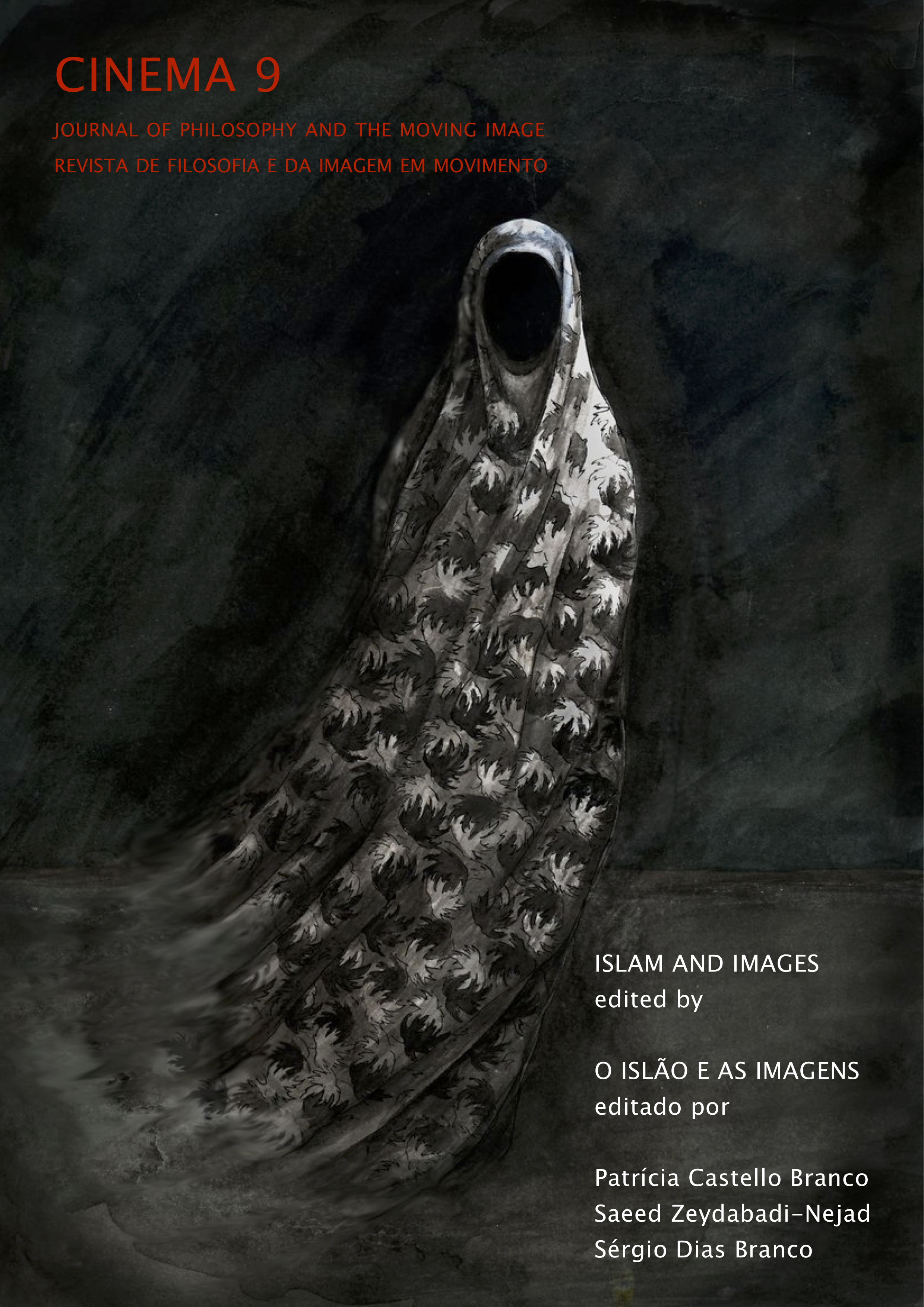An Unexpected Imagery: The Heart’s Vision and Other Synesthetic Functions of the Dhikr into the Islamic Tradition
Palavras-chave:
Aniconism, Image, Islam, RitualResumo
Islamic Tradition is known for its aniconic heritage that is the result of a religious perspec- tive which excludes the use of images in places of worship. Anyway, the discussion about the prohibition of images in Islam must be presented in such a way as to point out the multi-faceted complexity of the issue. This prohibition has its source in some ahadith of Prophet Muhammad, but it is complicated, not contradicted, by a constant recourse to the unexpected value of the images. In this regard, a special attention has been devoted to the implication of imagery as a privileged instrument of the heart’s vision and the seat of the intellect, which mirrors the Divine Presence. The way the heart’s vision is displayed deals with the ritual practice of God’s remembrance. That is why, traditional Sufi Masters like Shaykh Abu-l-Hasan ‘Ali Ash-Shadhili (d. 1258) and Shaykh Darqawi (d. 1823) attach considerable importance to the repetition of the Name of God, as a tool of salvation and a great life-altering experience. The aim of this paper is to survey how synesthetic crafts- manship of the dhikr (ritual invocation) has been passed on until the present day and how this technique has favored a crucial role of the images in the Islamic Tradition.
Downloads
Publicado
Como Citar
Edição
Secção
Licença

Este trabalho encontra-se publicado com a Licença Internacional Creative Commons Atribuição 4.0.




